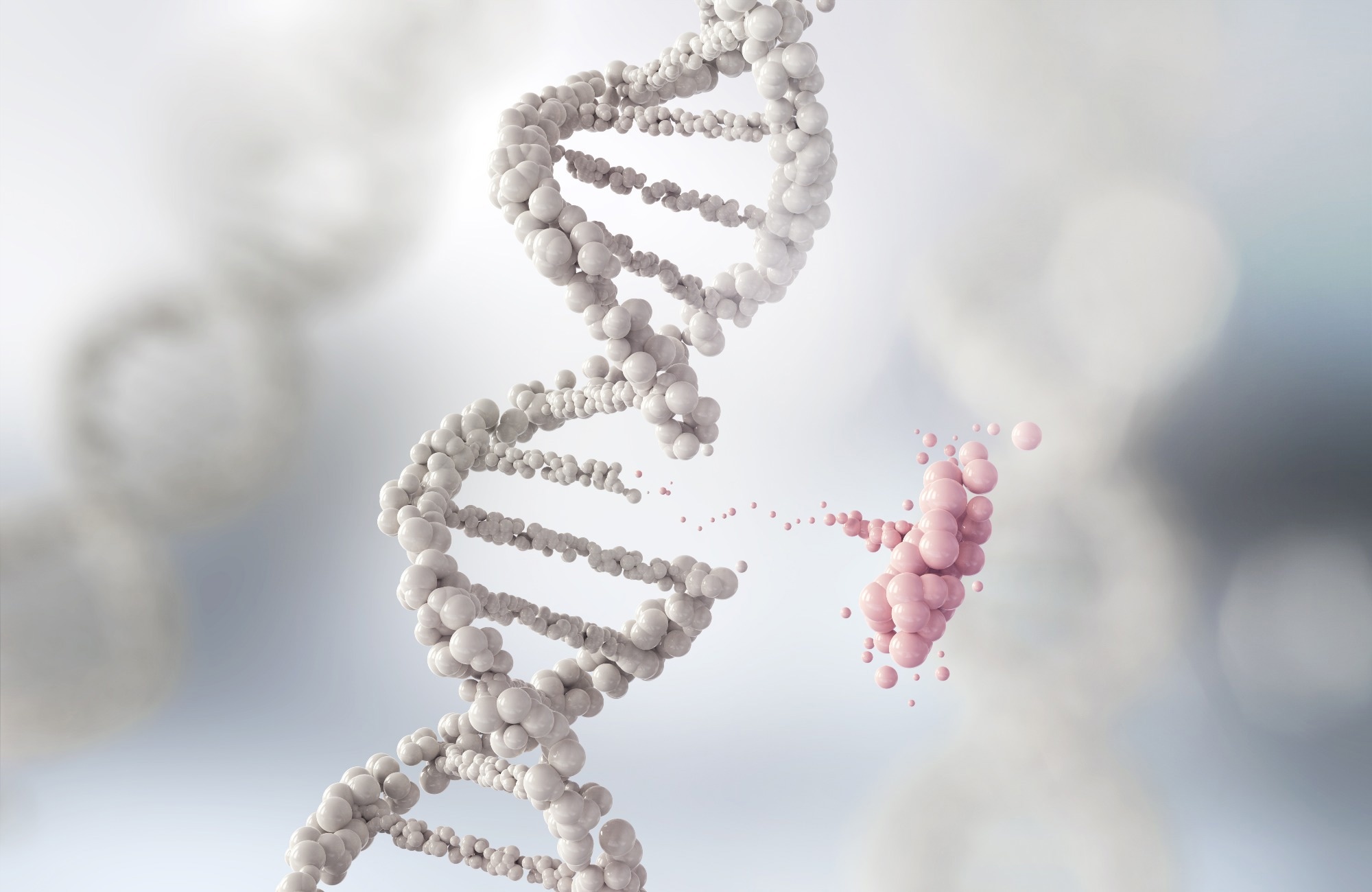In this new episode of the omg OMx podcast, Kate Stumpo speaks to Chris Taron about his glycobiology experience, mass spectrometry use in the field, and the implications for genetic research. Read selected highlights, or watch the full video below:
Chris Taron | OMG OMx Podcast | Ep. 11
Can you explain how you found your source of innovation and what factors influenced your desire to stay in the workplace even after retiring?
I attribute that to New England Biolabs (NEB), as an organization. They did a remarkable job, specifically Don Comb, in how he originally set up the company with a research-centric focus. It was truly an amazing climate in which to conduct research.
We were engaging with people researching various biochemistry, molecular biology, and enzymology topics. We also attended conferences and interacted with academics and other companies in the field, constantly getting information on the most interesting problems. It was easy to find ideas to work on. There was a climate of collaboration and innovation across the 30 groups working in the company.
We also had the freedom to chase our ideas, which is a significant reason why I stayed with one organization my whole career. I was privately funded to pursue my ideas. It is truly special when you are not burdened with fundraising and grant writing and can instead focus on cutting-edge research, collaborate with academics, publish, and more. This is why many people from NEB have remained as career-long researchers there.
You started your research career in glycobiology and persisted with it for a long time. Can you tell us more about the field and its practical uses?
The first thing we must establish here is a baseline for glycobiology because it is a vast field. Sugars are present in every aspect of cell biology, from nucleic acids to decorations on proteins and lipids. The biology that the glycome influences is incredibly vast because it is everywhere.
My focus within glycobiology has been skewed more toward the applied side. I have been examining enzymes that perform physical actions, acting upon glycans, taking them apart, and constructing them in very specific ways.
When working with enzymes like that, you often use various analytical techniques. So, my journey through glycobiology has been closely tied to the analytical aspects of the field.
I believe there is still tremendous potential and importance going forward in this area. Analytical technologies have significantly improved over the last 20 years. We are now just reaching the point where we can tackle some of the complexities within the glycome because technology has finally caught up with it.
How has mass spectrometry influenced the field of glycobiology? What was the first mass spec experiment you performed, and what was the last thing you did while at NEB?
Early in my career, mass spectrometry was something I never imagined myself doing. I was very interested in biochemistry and genetics, and mass spec was something that only specialized labs did because they had the equipment and the know-how, which was a little frightening for me to look at.
I would put it in the 1990s timeframe. Back then, people were primarily characterizing individual glycoproteins, and they used various types of mass spec depending on the lab doing the work. Different labs had different flavors. I think there has been some convergence over time regarding the types of analyses performed in mass spectrometry.
My first foray into any use of mass spec in my program was in proteomics, not glycomics, and that was in the 2000s, 2010ish. We were starting to identify proteomes that had been secreted from yeast cells and trying to understand the repertoire of glycoproteins that were usually produced so that we could better understand what was contaminating our proteins when we were trying to express, for example, heterologous proteins for a commercial purpose.
From there, we moved on to glycosidases, more glycosidases, and liberated glycan analyses, which led to developing the LC-MS workflows. That is when my lab began to develop its first glycan-based mass spec approaches.
We tiptoed into it. I do not want to say that we were experts in this. We took it slowly through collaborations with people like Pauline Rudd and the National Institute of Bioprocess Research and Training in Dublin, Ireland. Over time, we began to do more of it independently, but we had a lot of help along the way.
As I was nearing the end of my time at NEB, we moved away from liberating glycan analysis from individual proteins and toward true glycomic analysis of entire glycomes. I was also interested in the extracellular matrix, the wild complexity of structures, and using mass spec imaging to visualize that specific environment and the enzymes trying to manipulate it.

Image Credit: Anusorn Nakdee/Shutterstock.com
How do you plan to incorporate protein discovery from a gene-centric perspective now that you are at GMGI? What do you hope to achieve in your new role?
I think that people at GMGI have recognized that, as a genomics-focused organization, there is much they can do. With deep sequencing approaches, scientists have greater access to genomes. But this is only one piece of the puzzle. It is actually what the genes encode that provides a better understanding of biology.
Consider E. coli as an example. I believe the genome for E. coli was first released in '96 or '97, which is a long time ago. Nonetheless, 35% of the genes in E. coli are still not functionally defined.
If you go to a space like the ocean and start looking at microbes that have not been discovered yet, from ecological niches that are poorly understood, you start to wonder: What is the genetic makeup? What is the role of proteins in these environments? The potential for discovery is truly enormous.
If you take what you find and start applying it to really good problems, you have a real chance of influencing analytics, improving human health, discovering new therapeutics, and so on.
My next task will be to assemble a world-class screening and protein characterization program that will begin to mine this resource, allowing us to turn it back on some of the old problems.
About the Speaker

Chris is an experienced scientist and research director. He spent most of his career at New England Biolabs (NEB), a leading enzyme and reagent company. Chris performed research for over 33 years on topics in the discovery, expression, biochemical characterization, and biotechnological application of enzymes. At NEB, he directed Protein Expression & Modification research for 18 years. Chris retired from NEB in 2023, but not from science. He recently became the Senior Director of Protein Science & Innovation at the Gloucester Marine Genomics Institute where he leads a new program discovering unique microbial proteins and pathways in diverse marine ecosystems.

omg OMx host: Kate Stumpo, Senior Market Manager at Bruker
LinkedIn
About Bruker Life Sciences Mass Spectrometry

Discover new ways to apply mass spectrometry to today’s most pressing analytical challenges. Innovations such as Trapped Ion Mobility (TIMS), smartbeam and scanning lasers for MALDI-MS Imaging that deliver true pixel fidelity, and eXtreme Resolution FTMS (XR) technology capable of revealing Isotopic Fine Structure (IFS) signatures are pushing scientific exploration to new heights. Bruker's mass spectrometry solutions enable scientists to make breakthrough discoveries and gain deeper insights.